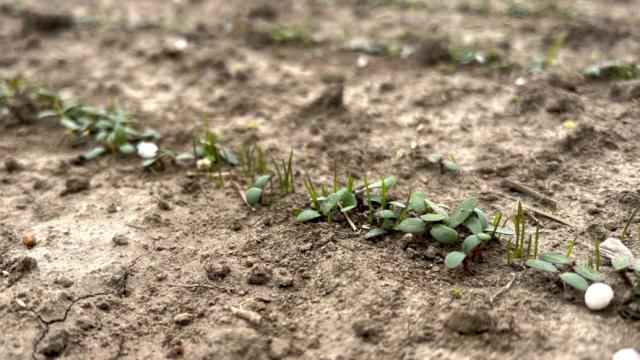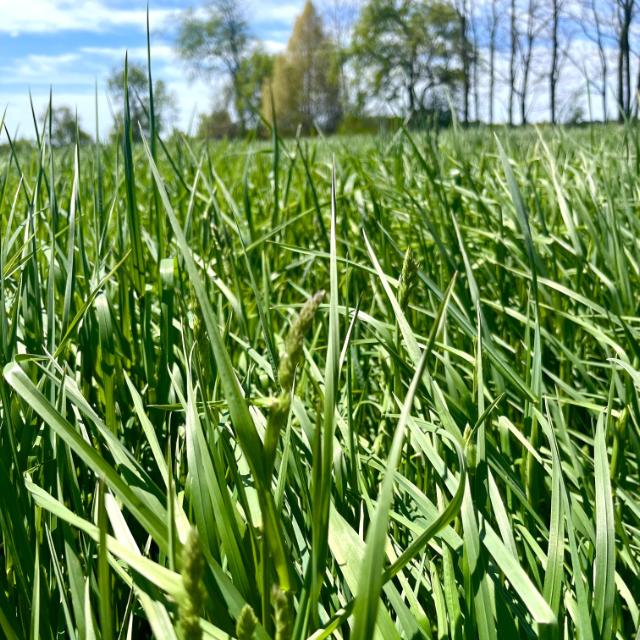Preparing Your Crop Rotation For A Successful Forage Plan
2025-09-23
After a difficult growing season it is important to make sure you are prepared to have enough forage supply to not only last the winter but also to ensure your forage stands are going to last for years to come. We encourage you to think about your crop rotation going into winter so you can make the right crop decisions before spring planting arrives to replenish your forage supply.

Increase your forage inventory for next spring
Planting a cover crop after corn silage harvest is a great way to increase wet forage storage the following spring. The best cover crop options to use after corn silage harvest are cereal crops:
- Cereal rye and winter triticale are excellent forage options following corn silage, offering strong yields and high feed quality
- Any one of these options will provide a high yielding, single cut harvest in the spring prior to planting your next crop
If your forage stands are ready to be replaced, now is the time to make your spring planting decisions
There is no such thing as “bargain seed”. Using Certified Seed of recommended varieties assures a high quality product that has good germination, is free of noxious weeds and is adaptable to the area.

Forage Options for Next Spring
- Alfalfa + Grass Mixes to obtain multiple harvests that provide high yielding, high forage quality hay or wet forage
- Grass Mixes for pasture or hay, with a variety of highly palatable options to select from
- Explore DLF's wide range of high-quality forage mixes available through our East Canada Farm Retail or East Canada Distribution teams
Forage Pre-Plant Preparation
- Check previous crop herbicide intervals to make sure there will be no carryover problems
- Take a soil test and apply soil amendments. Generally, applications of either lime (to raise the pH) or sulfur (to lower the pH) should be applied the season before planting forages in order to allow sufficient time for the pH to adjust. If planting alfalfa, aim for a soil pH range of 6.5-7.5.
- Control perennial weeds like quackgrass, canada thistle, yellow nutsedge, dandelion, shepherd’s purse, pennycress, volunteer oats, winter wheat, and cereal rye before planting forages